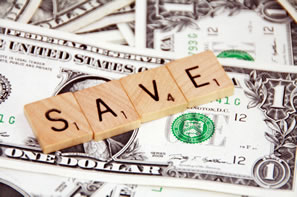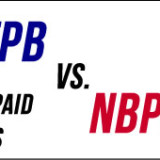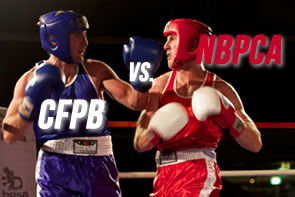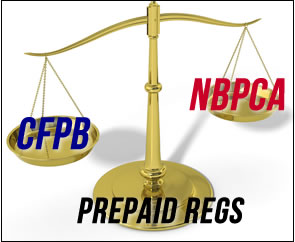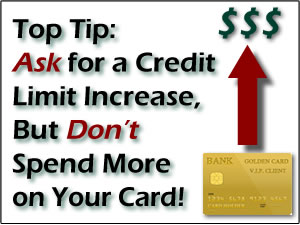Steve and Jennie Silha ended up in debt the way a lot of young couples do: They had children.
Steve, 44, is a realist, and says the problem was pretty simple.
“It really came down to the fact that we decided that my wife would be a stay-at-home mom, but we spent like we had two incomes,” he said.
And after 15 years of raising two children, the Chicago-area couple found themselves with $ 47,000 of unsecured debt – most of it credit card debt — last year. That’s when they made a commitment to make a change.
“I’ll say that it came down to irresponsibility on the surface. We just made very poor decisions over the past 10 years,” Steve said. “We have decided to ‘grow up’ and take the debt on.”
That was the first step. Step two involved Steve taking a new job with a higher salary. That helped a bit. Step three involved changes to the way the family spends money.
“We cook at home more and haven’t taken a vacation like we usually do,” Steve said.
But the biggest step of all was Jennie, 43, deciding to return to the workforce. With a 15-year-old son and 11-year-old daughter, the timing was right. She began this month.
The couple has pledged that 100% of the income from her job in home health care will go toward reducing their debt.
So far, they have paid off about $ 7,000.
The new austerity measures haven’t left the family wanting more fun. Instead, their renewed commitment to paying off debt is a challenge that’s been good for their relationship, Steve said.
“
The turning point came when the couple discussed declaring bankruptcy last year, Steve said. They had tried another debt reduction plan four years ago, but didn’t stick to it because they “hadn’t hit rock bottom” yet, he said.
“I think that was where we said, man, we are either going to destroy our personal financial life or we are going to fix this once and for all,” he said.
The key to success this time will be both increasing their income and lowering their spending, he said. Doing only one or the other “is like trying to lose weight without lowering your intake of calories and working out to burn more,” he said. In addition to their new jobs, both Steve and Jennie have side jobs where they earn a little extra income. All that will go toward paying debt, too.
Steve hopes the positive changes will help teach his children about spending wisely and investing for the future.
“I talk to my kids every week — if not every day — about the dangers of personal debt,” he said. “While I hope they listen, I know the most powerful thing will be them watching Jennie and me pull ourselves out of this pit.”
There’s a long road ahead. Right now, Steve and his wife hope her income boost will make them debt-free within two years. But that will require sticking with the plan. Steve says he’s ready.
“I believe that so much of doing this … and anything else … is having the right attitude,” he said. “We finally decided that we had enough and are going to attack this debt with passion … we are both doing this as a team … this has brought us closer together. No doubt.”
Carrying a high percentage of credit card debt relative to your credit limits can have a negative impact on your credit scores. The poorer your credit, the more you tend to pay on interest rates which can cost you a lot more money over time. As you pay down your debt and build your credit, it can be helpful to track your progress. You can do that by getting your free credit scores – which you can do every 30 days on Credit.com.
Inset image courtesy of Steve and Jennie Silha
This article originally appeared on Credit.com.
This article by Bob Sullivan was distributed by the Personal Finance Syndication Network.
Personal Finance Syndication Network




